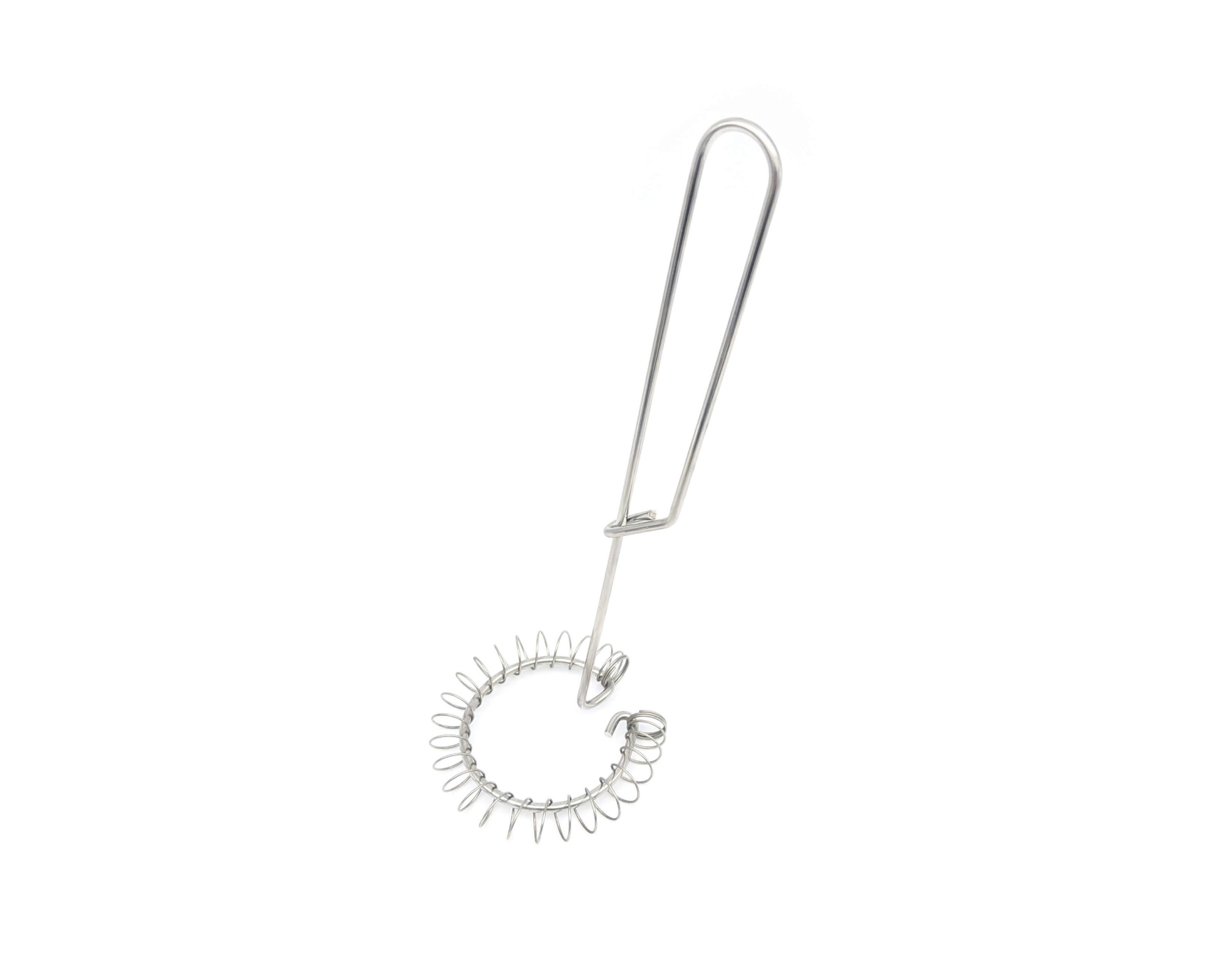Get unique, complex parts easily. No matter your requirements, Chaoyi Spring creates hard-to-produce coil springs and wire forms.
Let us help you create the custom wire form you need, from S-hooks and J-hooks to utility hooks and more.
We work closely with customers across a wide range of industries, helping them design and manufacture made-to-order parts.
Why choose Chaoyi Spring? We prioritize customer-focused collaboration, modern equipment and the latest technology to make your parts per print.
Find the information and guidance you need, from measuring a spring to learning about materials, placing an order and much more.
Flat springs, also known as leaf springs, are ubiquitous in various industries and applications. They're simple yet powerful components that offer a wide range of benefits, including flexibility, durability, and


Flat springs, also known as leaf springs, are ubiquitous in various industries and applications. They're simple yet powerful components that offer a wide range of benefits, including flexibility, durability, and load-bearing capacity. This article will delve into the fascinating world of flat springs, exploring their design, types, materials, applications, and the advantages they bring to various systems. We'll also touch upon the crucial aspects of flat spring manufacturing and the considerations to keep in mind when selecting the right spring for a specific application.

Flat springs, often referred to as leaf springs, are a type of spring characterized by their flat, elongated shape. They're typically made from metal strips or plates that are bent, curved, or shaped to create a resilient and elastic element. The unique design of flat springs allows them to store and release mechanical energy, making them highly versatile components in numerous applications.
There are various types of flat springs, each with its unique design and characteristics, catering to different needs and applications. Some common types include:
The material choice for flat springs is crucial for their performance, durability, and suitability for different applications. Common materials used in flat spring manufacturing include:
Flat springs are found in a wide variety of applications across various industries, demonstrating their versatility and adaptability. Some notable applications include:
Flat springs offer several advantages that make them an attractive choice for numerous engineering applications. These advantages include:
The manufacturing process of flat springs involves several steps, starting from material selection to final finishing. Key steps include:
Selecting the appropriate flat spring for a specific application is critical to ensure optimal performance and longevity. Factors to consider when choosing a flat spring include:
Flat springs are essential components that offer a combination of strength, flexibility, and durability, making them indispensable in a wide array of applications. By understanding their various types, materials, applications, and advantages, engineers and designers can effectively utilize these versatile components to enhance the performance and reliability of various systems.
Whether it's supporting heavy loads in automotive suspensions, providing resilience in industrial machinery, or ensuring smooth operation in consumer products, flat springs play a critical role in modern engineering. Their simple yet powerful design, coupled with their versatility and adaptability, makes them an essential component for many industries. As technology continues to advance, the demand for reliable and durable flat springs is likely to grow, further highlighting their significance in the world of engineering.
Browse some of the custom wire forms and springs that we manufacture. Don’t see what you need? We specialize in made-to-order products that meet your application requirements.
Visit Our GalleryNeed a custom wire form or coil spring? We make it work. Fill out the contact form and a representative will respond within 1 business day. If you have a PDF or CAD file, you can submit to request a quote.